Navigating Faith and Identity: A Trans Mormon’s Story
Experience my journey growing up as a Transgender individual in the LDS Church—challenges, resilience, and hope for the future.
Introduction: the struggle of being a Transgender in the LDS Church
My upbringing as a Transgender youth in the LDS church was challenging and complex. I navigated my identity within a religion that historically hasn’t been supportive of the 2SLGBTQIA+ community. Moreover, I struggled with feelings of isolation and rejection as I navigated the conservative religious expectations placed upon me.

Throughout my journey, I learned the importance of advocating for myself and standing up for what I believe in, even when challenging cultural norms and traditional beliefs. This blog post explores my journey as a Transgender individual within the LDS Church And my hopes for a better future.
My Youth: the challenges of growing up in a conservative religious community
As a child, I was raised with the belief that families could be together forever through eternal life, a teaching instilled by my parents and church leaders. However, this concept was strongly tied to the traditional family structure, emphasizing the importance of a mother and father. According to “The Family: A Proclamation to the World”, “Marriage between a man and a woman is ordained of God, and the family is central to the Creator’s plan for the eternal destiny of His children.”
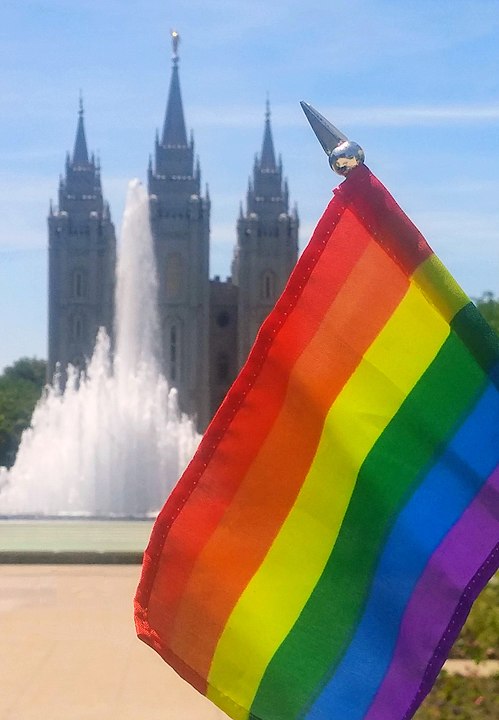
As a Transgender person trapped in a male body while identifying as a girl, I struggled to find my place within this framework. It felt like there was no room for me in my Heavenly Father’s plan.
As such, I struggled to fit into the rigid round hole of the male role placed before me, feeling like a misshapen square peg that had been forcefully hammered into place. My edges splintered against the unforgiving curves, leaving me bruised and battered because I could not conform to that male role.
As a child, I felt lost and isolated from the outside world, with no words to describe the storm raging inside me. I was adrift in a sea of confusion, struggling to find my way to the surface. Despite my efforts, I couldn’t escape the feeling of being trapped in a male body. My attempts to suppress my Transgender identity proved futile, as it only resurfaced with increasing strength each time. I felt as if I were trapped in a silent bubble, unable to communicate my true feelings. My words fell on deaf ears, and it was like I spoke a language that even I couldn’t understand. My world seemed to close in around me, suffocating me in silence every time I attempted to break free from my male identity.
My struggle: the internal conflict of trying to reconcile my identity with the Church
As Members, the Church taught us Satan could influence us to do evil, and we were encouraged to be vigilant against his temptations. This guidance was reinforced by the message of the song “Choose the Right,” which reminds us to “Let no spirit of digression overcome you in the evil hour.” However, I couldn’t rid myself of my trans identity, and it felt as though Satan had control over me, leaving me helpless to do anything about it.
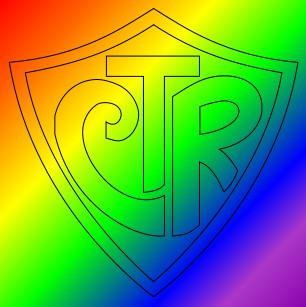
This burden was like a heavy stone had been placed on my chest, pressing down on me with all its might. Every breath was a struggle, and I felt like I was drowning in a sea of fear and uncertainty. The weight of that burden was so heavy that I could barely lift my head, let alone find a way to break free from it. So, I thought maybe I did something in the pre-existence that gave Satan control over me or if not; then perhaps I was just plain evil for being Transgender. For a six-year-old, this burden was one far too heavy to bear.
As I hit puberty, my body began to change in ways that felt alien and uncomfortable. My voice deepened, my muscles bulged, and hair sprouted on my face and chest. It was as if my body was betraying me, turning me into something I wasn’t. I was trapped in a cage, unable to escape the male body that felt so wrong to me. The disconnect between my body and my sense of self was so jarring that I often felt dizzy and disoriented like I was living in a nightmare that was my life.
However, I clung to the belief that all I needed was faith in God, and if I remained faithful by attending my church services, paying my tithing, praying for help, reading my scriptures, and going to the temple, God would make my burdens light. That somehow I could overcome the affliction of being Transgender.
Unfortunately, Every time I attended Church, read my scriptures or went to the temple, the reminder was always there, pressing down on me - I was still the misshapen square peg, struggling to fit into the unforgiving round hole of religious conformity. I felt like I was in a constant battle with myself, torn between my sense of self and the teachings of the Church.
I could feel the weight of my faith bearing down on me like that heavy stone, pressing me into the ground and leaving me gasping for air. I felt a deep sense of uncertainty and anxiety. It was as if I was caught in a rip current, pulling me farther and farther from shore with each passing day. And every time I would kneel to pray, I felt betrayed by a loving father in heaven.
Within the LDS community, I felt like an outcast, a pariah. Yet, despite my doubts, I clung wholeheartedly to the teachings I received. I, a mere mortal, had no right to question the divine wisdom bestowed upon me.
My faith and identity were at war within me, and I felt torn in two. On the one hand, I wanted to believe my eternal progression was the most important thing, and I could somehow overcome my Transgender identity if I just had enough faith. But, on the other hand, I knew deep down who I was and denying that truth was tearing me apart. For over thirty years, I followed every teaching and practice of the LDS church, yet my feelings grew. And I could not ameliorate my Transgender identity within the Church.
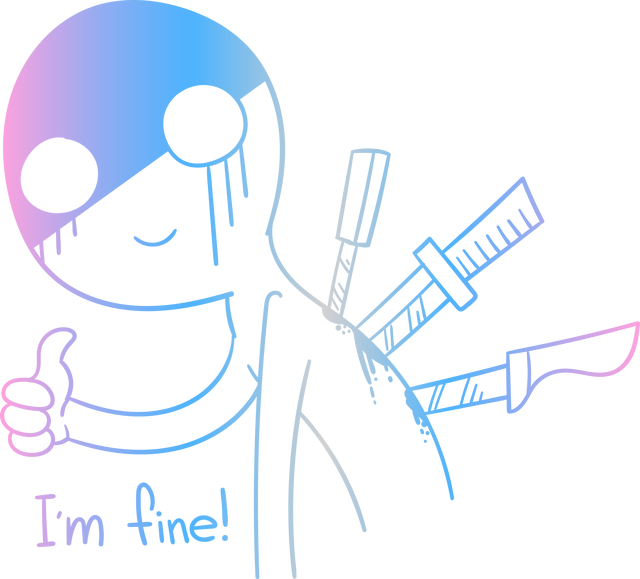
This crisis led me to several quietly failed suicide attempts over my life, where I realized I needed to come out.
However, the thought of coming out created a knot in my stomach, a twisting, churning mass of fear and uncertainty. It was like standing on the edge of a cliff, looking down into an abyss of unknown depths. I didn’t know if the fall would claim me or if the darkness below would swallow me whole. The fear of rejection was like a cold, sharp knife, cutting through me with every breath: fear of rejection by family, friends, coworkers and most importantly, the Church I held so dear.
My coming out: the difficulties and challenges of coming out in the LDS Church
I struggled to reconcile my identity with the Church, desperately yearning for harmony between the two. Despite my fervent efforts and years of seeking answers within the Church, my journey proved futile. After a lifetime of fruitless attempts, I reached a point of surrender. Faced with a daunting decision, I turned to Secular sources for support and solace, fearing it might come at the cost of my spiritual well-being.
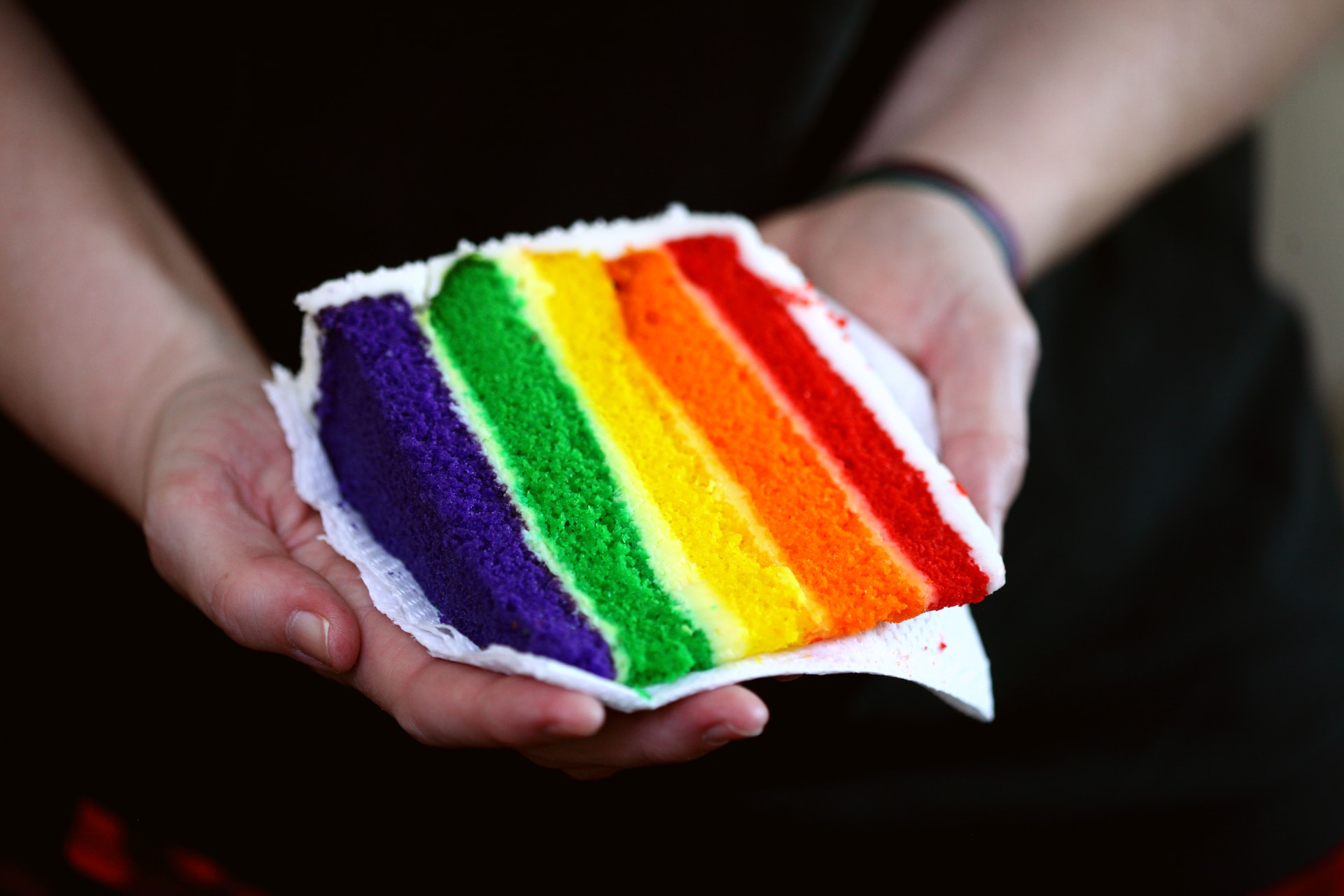
Embracing my identity, I immersed myself in the 2SLGBTQIA+ community, and it was here that I finally discovered a sense of belonging. I was surrounded by individuals who truly understood, accepted and loved me for who I was. I no longer felt the weight of judgment or the expectation to conform to something I was not. It was as if that heavy stone had been lifted from my chest, allowing me to breathe deeply once more.
During this time, I received a strongly worded letter levelling several accusations against my Queer identity and quoting our Stake President, a lawyer, of vague legal action over my coming out. Determined to clarify the situation, I visited him in his law office. He unequivocally denied offering such advice to the individual.
As we spoke, my heart raced, and anxiety threatened to overwhelm me. Each word felt like a heavy burden on my tongue, and speaking was a struggle. Towards the end of our conversation, he transitioned from the role of a lawyer to that of my religious leader, a position I hadn’t sought him out for. He expressed his belief that I was making a significant mistake, and the tension in the room became suffocating as if his disapproval were a palpable force.
I was distraught by his audacity. What exacerbated the situation was that I had yet to make a final decision regarding my transition, and my understanding of my identity was still evolving. My hands trembled, and my palms grew sweaty, but I stood my ground.
Following this conversation, I decided to cease attending the Church that I once held so dear. The pain and grief I experienced over my experiences with the Church had become unbearable. Shortly after, sweeping changes occurred in the leadership and structure of my Stake and its Wards.
Despite everything that happened, the Missionaries regularly came to visit me. I could feel the weight of their presence in my small home, the air heavy with tension. I made my identity clear to the Missionaries, my voice firm and resolute, my eyes fixed on theirs. Some accepted me and my identity, but unfortunately, some clarified their discomfort. I could sense their unease in how they fidgeted in their seats, their eyes darting around the room. Despite that, I did make friends with some of the Missionaries. Their laughter and easy conversation were a balm to my soul, a reminder that not all members of the Church were closed-minded or intolerant.
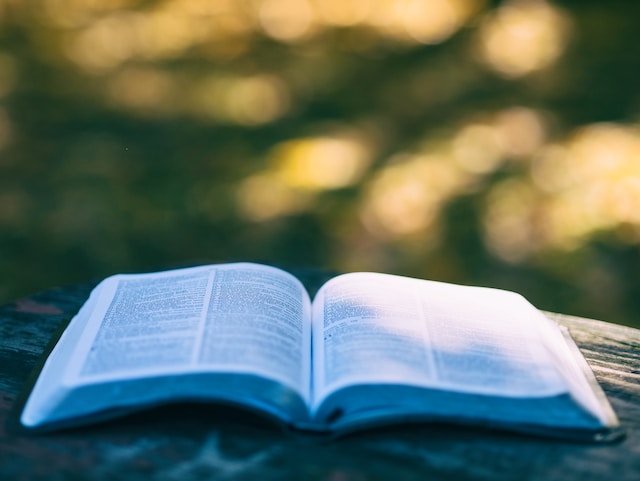
Yet, sudden personal family struggles made having the missionaries come difficult, and their visits became arduous, so I asked them to stop coming. Regardless, they kept checking in to see how I was doing, their persistent kindness both comforting and frustrating.
During this time, my ward’s elder’s quorum presidency had regular contact and consistently called to check in on me. Their voice on the phone was friendly enough, but there was always an undercurrent of suspicion, a sense of uncertainty.
New bishop and stake president: An Uncomfortable Conversation
After I asked the missionaries to stop coming, the bishop’s executive secretary in my ward called me to schedule a visit from the bishop. I wasn’t surprised by the call, as this is what happens after someone becomes inactive in the Church. I assumed the bishop and one of his counsellors would stop by to give me a calling in the Church and try to reactivate me. So, I decided to tell them what it was like to grow up in the Church and what I had gone through.
To my surprise, I opened my door on the night of the appointment to greet my visitors, only to find the new bishop and stake president standing there. Their expressions were warm and kind, their eyes fixed on mine.
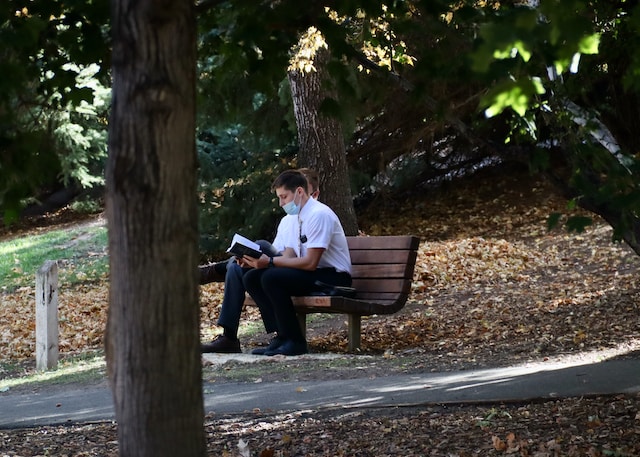
Undaunted by this new turn of events, I held to my original plan. I invited them in, motioning towards the couch. I could feel the rough upholstery beneath me, and as we sat down, I noticed the springs creaking slightly. I outlined to both of them what it was like growing up in the LDS church as a Transgender individual. I spoke about how my peers treated me differently, like something was wrong with me or how I was just plain ignored. Then, this treatment continued into adulthood. I unleashed a torrent of words, a lifetime of frustration, anger, and pain pouring out of me.
I could sense their discomfort and tension throughout the hour and a half we spoke. The pressure between us was smothering. They shifted in their seats, their eyes too darting around the room, their hands clasped tightly in their laps. Finally, I finished our discussion by saying, “Change needs to happen within the Church, that too many queer members are getting hurt.” And the new stake president said something that has stuck with me ever since. He said, “If you want to see change, then you need to come back and be that change.”
At that moment, I remember thinking, ‘Change could only come from within the Church, not from an outsider like me. Leaders influence members by teaching and setting an example for how to act and behave.’ Thinking back, I wish I had said that out loud.
A wave of sadness and frustration washed over me; I felt alone and powerless, like I was shouting into a void. Even now, as I reflect on that moment, I can feel the weight of disappointment and betrayal.
After that meeting, it was as if the Church had erased me from their memory. The missionaries stopped calling on me, and I haven’t heard from the Elders Quorum presidency since. The deafening silence made me feel cast out from the community I once called home.
Then, several years later, new Missionaries knocked on my door, unaware that I was already a member of their Church. It was confirmation that I had been written off and left to drift alone in the wilderness.
Do Better
The First Presidency offers little to no guidance to local church authorities, such as stake presidents, bishops, and branch presidents, on how to effectively work with members of the 2SLGBTQIA+ community, essentially leaving them to navigate these complex situations independently. The handbooks, while containing some information, often necessitate individuals to suppress their true selves.
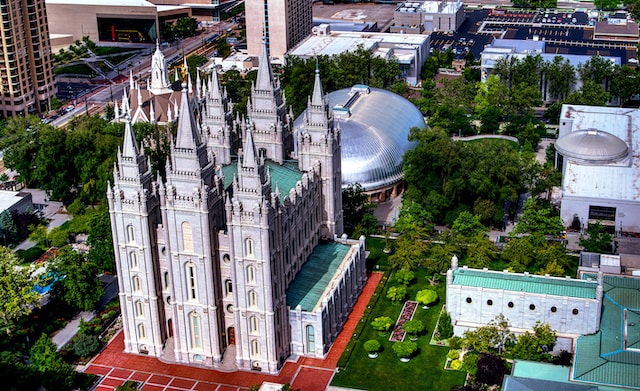
The Church’s stance encourages those with “same-sex attraction” to “live the law of chastity” General Handbook: Serving in The Church of Jesus Christ of Latter-day Saints Which can result in denying them the same fulfillment, equality, intimacy, and happiness enjoyed by their heterosexual counterparts.
Despite the Church’s evolving teachings on the 2SLGBTQIA+ community, many members still hold onto the belief that being queer is a choice. This raises a fundamental question: “Could you choose this?”
So, what can be done? First, I would like to see more guidance from the first presidency as they set a better example of how to treat and work with members of the 2SLGBTQIA+ community while showing a willingness to learn.
I would like to see a round table discussion where the Church’s leadership and queer members engage in an open dialogue, fostering an environment where every voice holds equal weight, is genuinely heard, and respected as valid. This forum should center on principles of love, equality, and the unreserved acceptance of all individuals.
It’s my sincere plea that the Church’s leadership approaches this forum with an open heart, willing to actively listen and learn from the diverse experiences of queer members within the Church. Grant us the opportunity to feel genuinely heard and understood.
Moreover, I encourage collaboration with the Queer community to establish policies without compromising standards. An example would be updating outdated language and terminology in policies to ensure inclusivity and prevent misunderstandings.
I urge the Church to develop sensitivity training for its leaders worldwide, extending this training to those involved in the church welfare system as well as all church members. This training should encompass various aspects, including the proper use of 2SLGBTQIA+ terminology, respectful addressing of queer community members, and the appropriate use of pronouns. Equally important is educating church members about the emotional scars often carried by individuals in the 2SLGBTQIA+ community and how these experiences may affect their interactions with fellow Church members and leaders.
Let us come together to advance a deeper understanding of the 2SLGBTQIA+ community’s experiences within the broader Church population. It’s vital that we renounce the once-toxic positions held by the Church and actively work towards greater acceptance and inclusivity.
Finally, I implore the Church to proactively communicate the understanding that the feelings and emotions of the 2SLGBTQIA+ community are not a matter of choice. Collaboration with local authorities to determine the best ways to support queer members of the church is essential to ensuring a more inclusive and compassionate community.
All I ask is, please, do better.
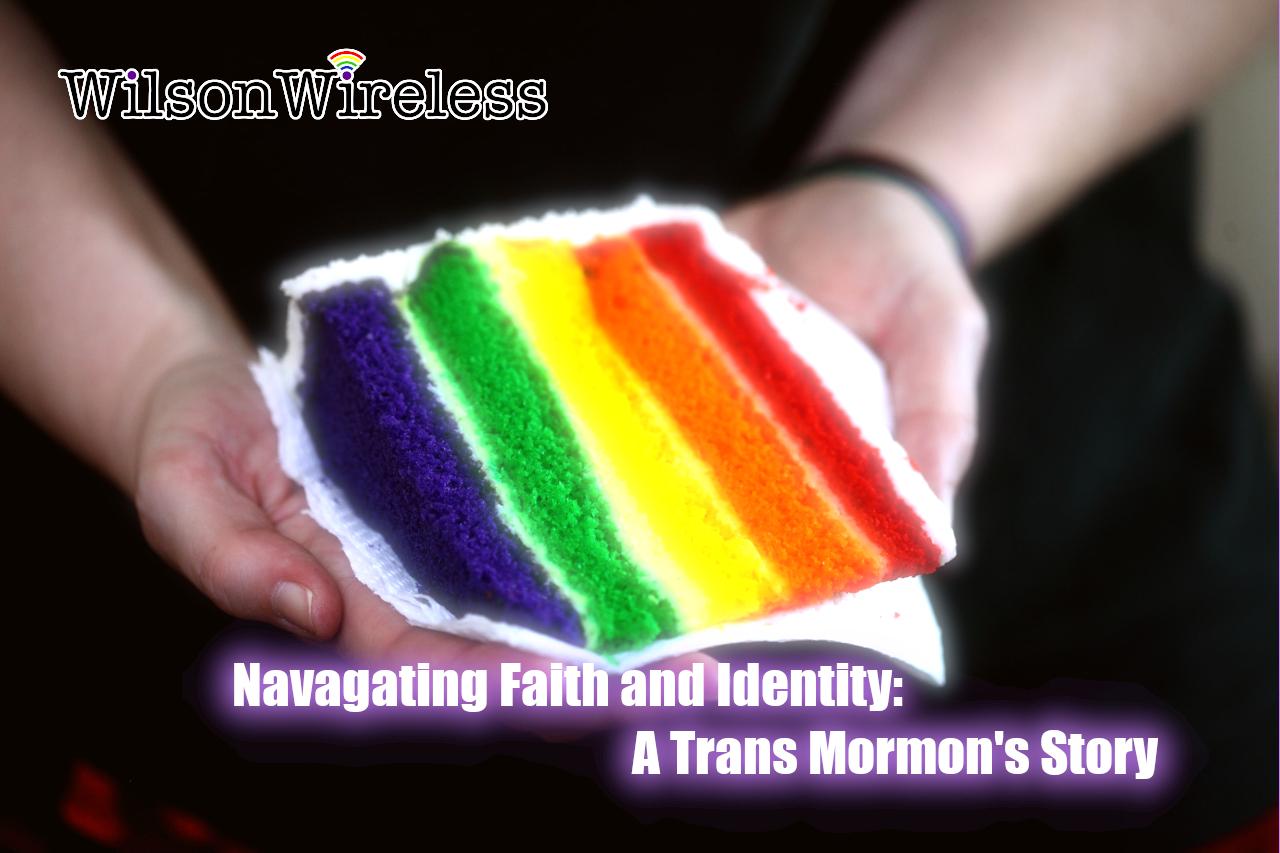
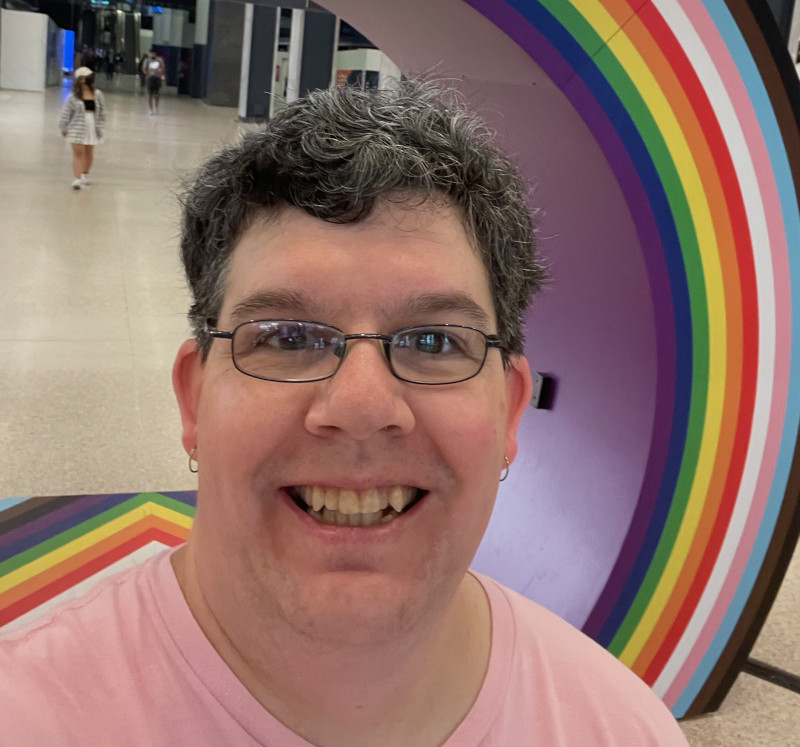
Leave a comment